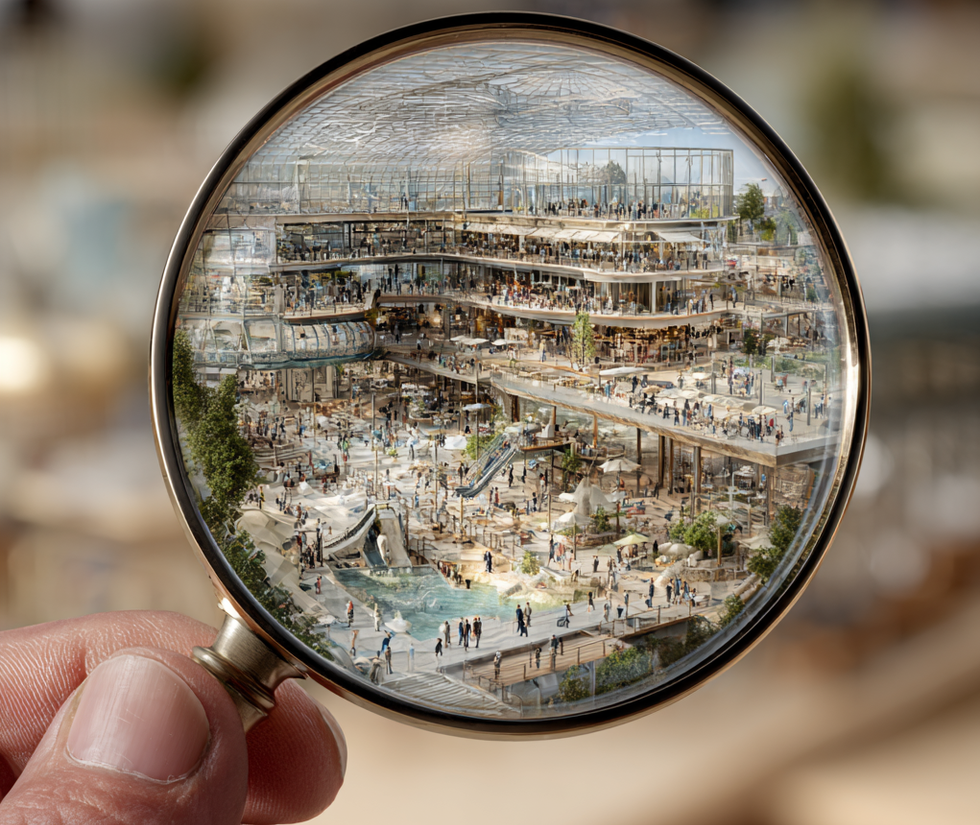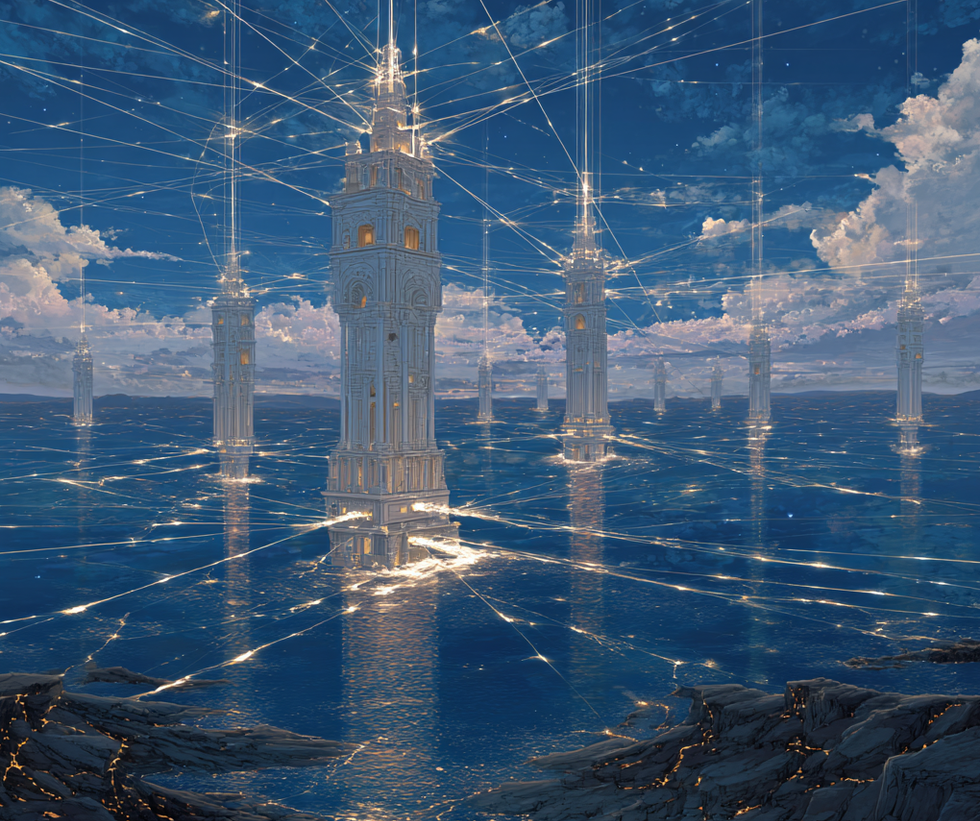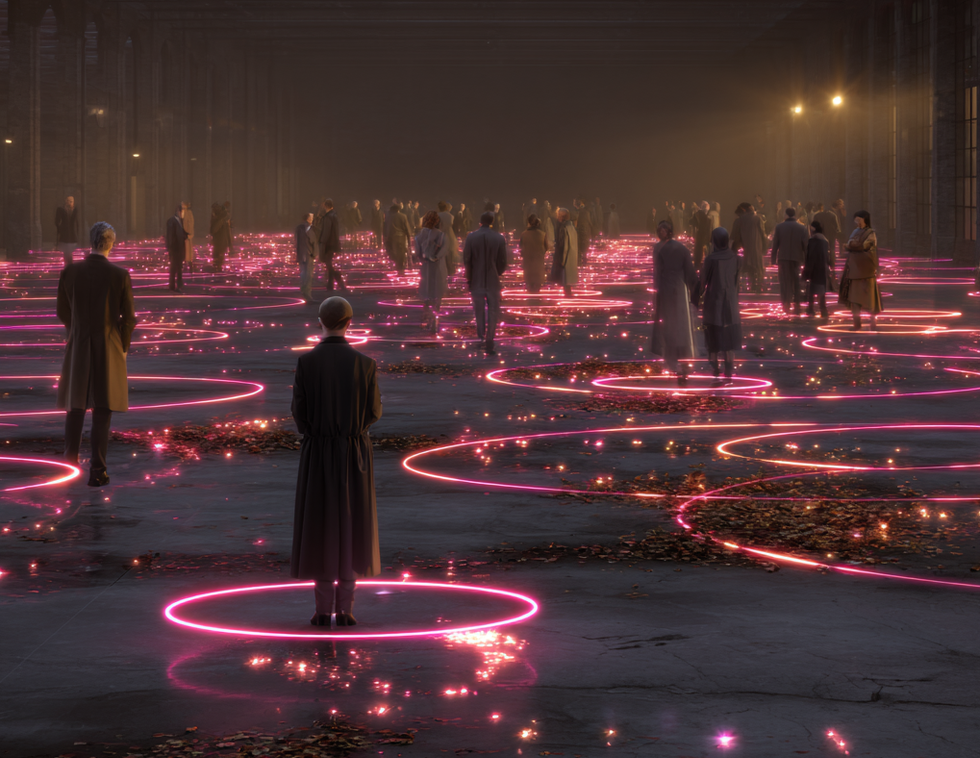by Graham Speak, Speak Consulting
Partnering with well-known IPs is a growing trend in the leisure and attractions industry. IP owners and experience providers continue to find new, innovative and exciting ways to immerse guests in the brands and stories they love. From board-game-based live experiences to sleepovers with Shaun the Sheep to zoo trails where your favourite storybook characters mingle with their real-life counterparts, IP partnerships can be a great way to differentiate your offer, attract new audiences, and keep guests coming back.
Over the past few articles about IP licensing, we’ve discussed forming clear objectives and identifying the best IP partner. We’ve also looked at ways to maximise IP partnerships, whether creating your own IP is a better option and some of the myths around IP licensing.
We also spoke to some licensors (IP owners) to get their insights. But now it’s the turn of the experience creators and operators to give their views!
The panel
- Jamie Turner – marketing director, Twycross Zoo, UK. Home of the Gruffalo Discovery Land
- Håkon Lund – owner, Lund Gruppen. Bringing to life Shaun the Sheep at Skånes Djurpark (Sweden) and Little Grey Fergie at Kongeparken (Norway)
- David Hutchinson – founder & CEO, Path Entertainment Group. Immersing guests in Monopoly, Paddington Bear, Spongebob, and Cluedo live experiences (in London and New York…so far).
IP partnerships aren’t right for every business or opportunity - why did it make sense for you?
[JT] The last couple of IP partnerships I’ve developed have been a way to reach a new audience. Working with Magic Light Pictures to develop both Zog Playland at Warwick Castle and Gruffalo Discovery Land at Twycross Zoo has helped us appeal to the under-6 audience. From a marketing point of view, the IP fast-tracks the proposition to an already established fan base. This helps to grow visitors.
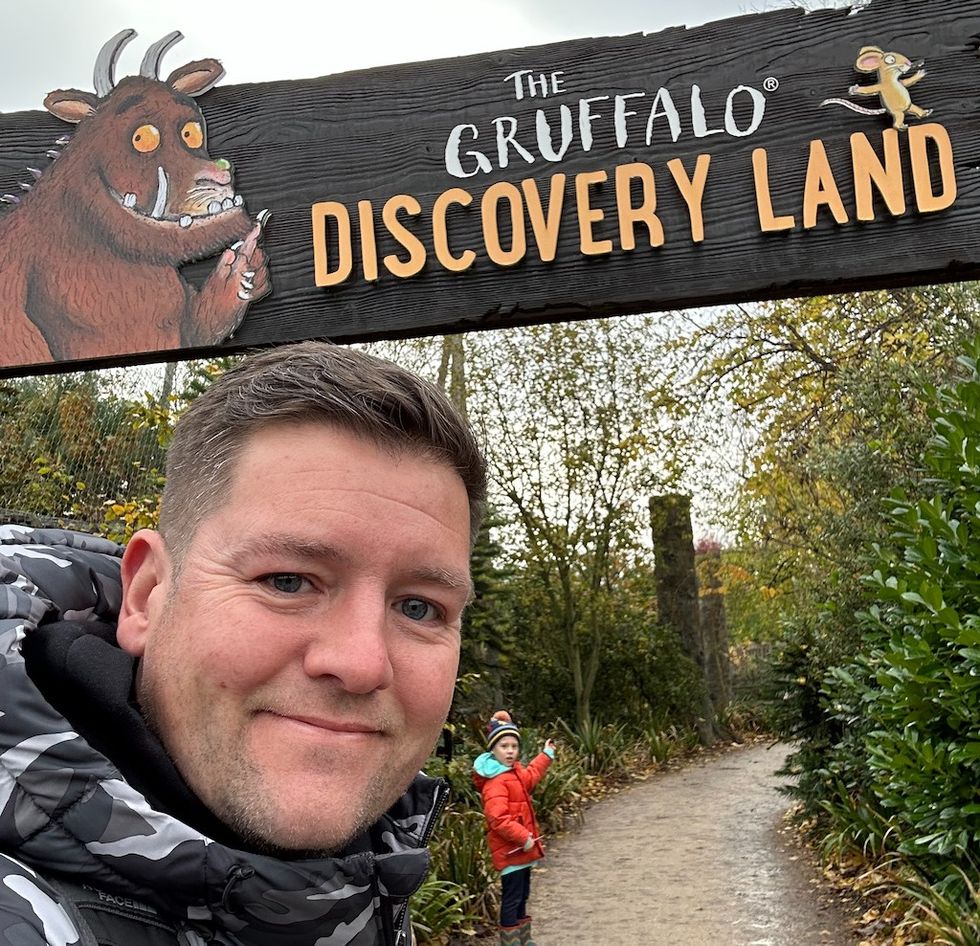
[HL] If a good fit with the park, partnerships can create new layers to the offering, providing unique experiences for guests, bringing new audience profiles to the park – and providing great marketing opportunities. We have managed to deliver these benefits by bringing together Aardman’s Shaun the Sheep and Skånes Djurpark in Sweden.
[DH] Strong IPs bring with them immediate familiarity and comfort from prospective audiences, usually captivating press and marketing attention pretty quickly. This does, in most cases, convert to ticket sales interest. However, without a really strong concept and experience to go along with a brand, this initial interest can very quickly dwindle and have a very short lifespan.
At Path, I’ve focused our business on generational brands (some would call them evergreen) that have stood the test of time and appeal to a wide demographic. We have brands that have nostalgia value but remain relevant today. That is down to a good brand owner (we are lucky to work with a few!). We add value for audiences and brands by creating opportunities to experience their favourite IP in a way they’ve never interacted with before.
What makes you proud or excited about the IP experience(s) you have created?
[JT] The Gruffalo Discovery Land at Twycross is a fantastic proposition that I’ve just inherited. The way children can visit and interact with the characters from the story, alongside real animals from the Deep Dark Wood (based on the children's favourite picture book, The Gruffalo) is a truly unique experience. I’m proud that we’re adding more sensory activity areas to the land this year. We have really exciting plans for future development.
[HL] We were clear from the outset that we did not want to “logo slap”. Guests are coming to see their favourite characters. So, the experience needed to be well integrated into the guest offering and a truly immersive story in order to live up to that expectation. Working with Aardman, our team have created something that fits well into the location and the park’s DNA.
[DH] I’m excited about the scale and longevity potential of our experiences. At Path, we aim to create first-class experiences and attractions that could become place-makers and make a real impact on our audiences. We have gone into major city centre sites and spent years working with both the IP owners to create the experiences, alongside investing heavily to ensure they are premium and of the scale and quality we demand.
I’m thrilled Monopoly Lifesized hits its third birthday in a few months. Meanwhile, the 65-year-old brand, Paddington, is our largest, most ambitious LBE concept to date.
Why did you choose to partner with an IP versus creating your own story/brand?
[JT] At Twycross Zoo, obviously our animals are true stars. However, adding characters based on the work of Julia Donaldson and Axel Scheffler complements the main draw perfectly. It’s augmenting the experience rather than diluting what we already have.
[HL] IP, like Shaun the Sheep, comes from an expert storytelling team that develops and produces content shown on Scandinavian TV channels alongside other touchpoints. This level of IP would be very difficult for us to create ourselves. Aardman is a very talented, passionate, and strong storyteller—the perfect partner for our park.
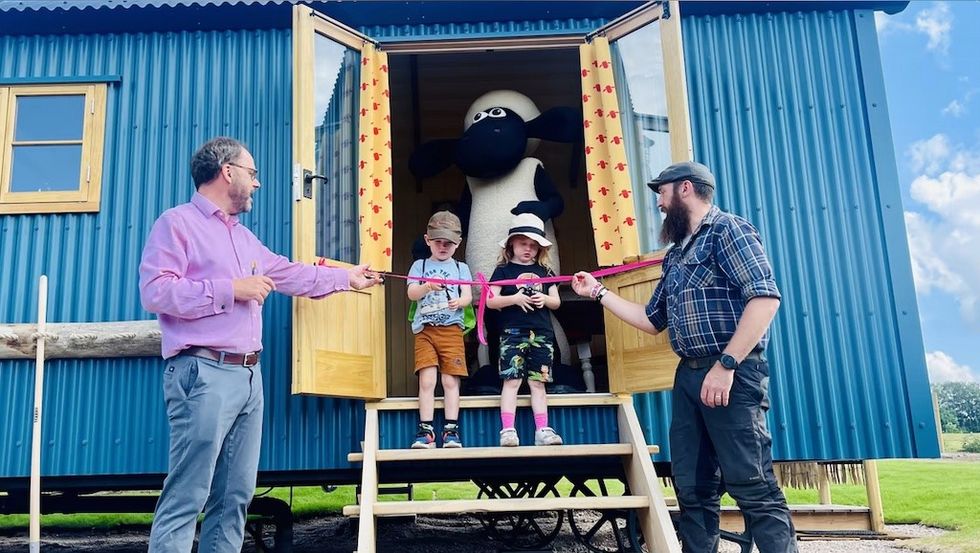
[DH] We have talked internally about whether we eventually look at developing our own brands, but through most of my career, I’ve generally worked with brands.
Whilst there is often extra cost and process, I find the benefit that existing and live IPs bring is worth it. Collaborating with studios and IP owners can be really fulfilling and good for growing the people and talent within Path. It’s all about ensuring the relationship is based on mutual respect and joint intention for how the IP will be used to further its reach in an LBE format.
What makes an IP partnership a good fit for an attraction or experience?
[JT] I think you’re always looking for alignment, whether that be audience overlap or subject matter. The idea for Zog Playland at Warwick Castle came as I was reading the book to my eldest son, Ezra. Dragons, Knights, Princesses in a Castle – ‘what a great idea’ as Zog would say! The fact my son was the very first on the signature Dragon slide in the land was a very proud moment!
[HL] A strong story that fits your park and DNA, and an IP partner that continues to invest heavily into the brand development for their IP.
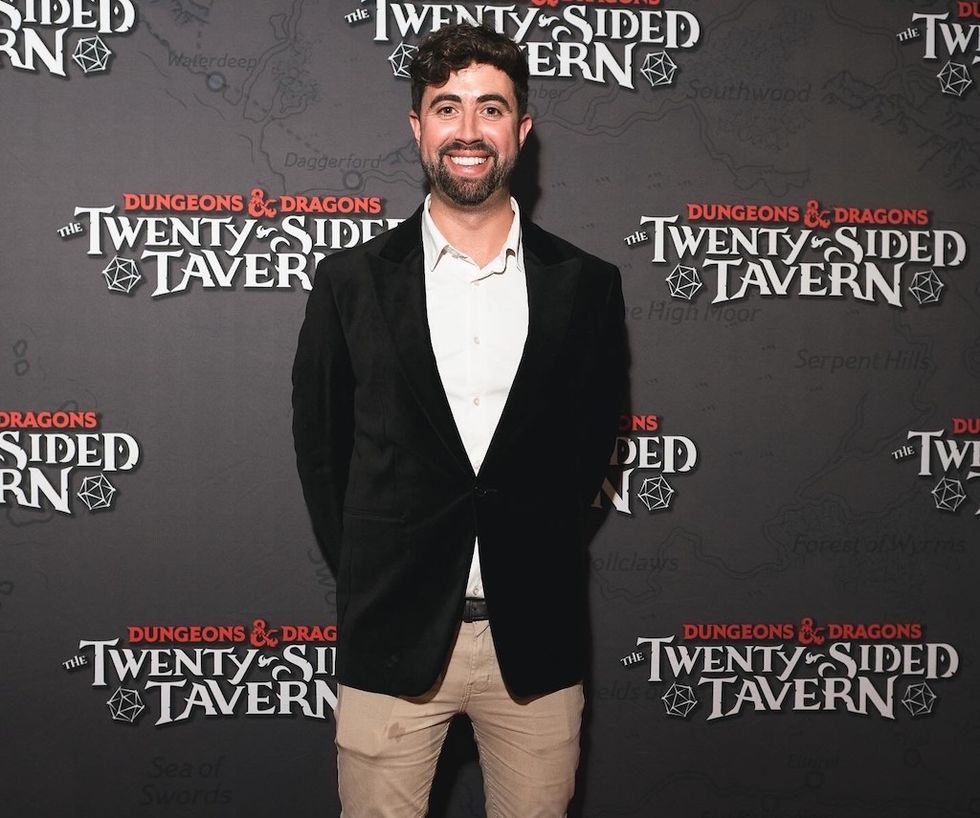
[DH] A respect for each team’s skill sets and what each party are bringing to the table is critical. Alongside this, a joint collaborative goal of achieving something truly thrilling and unique with the IP, whilst being true to the brand’s identity. IP can’t be static and must continue to reinvent itself to be relevant to audiences. That’s where the LBE and live entertainment space can offer such an opportunity to reach new audiences whilst also appealing to existing fans of that IP.
Brand licensing is not always smooth sailing. Do you have any words of wisdom for businesses considering it?
[JT] I think the best thing is always open, honest communication. It should be a partnership, and both sides should benefit from brand experience/awareness. All the challenges come when communication breaks down.
[HL] There needs to be both a personal and values fit between the businesses. It is not always just about the money – but the synergies and the total value you can make together. It is, in many ways, usually a long-term marriage, and so it’s important that both parties do their due diligence.
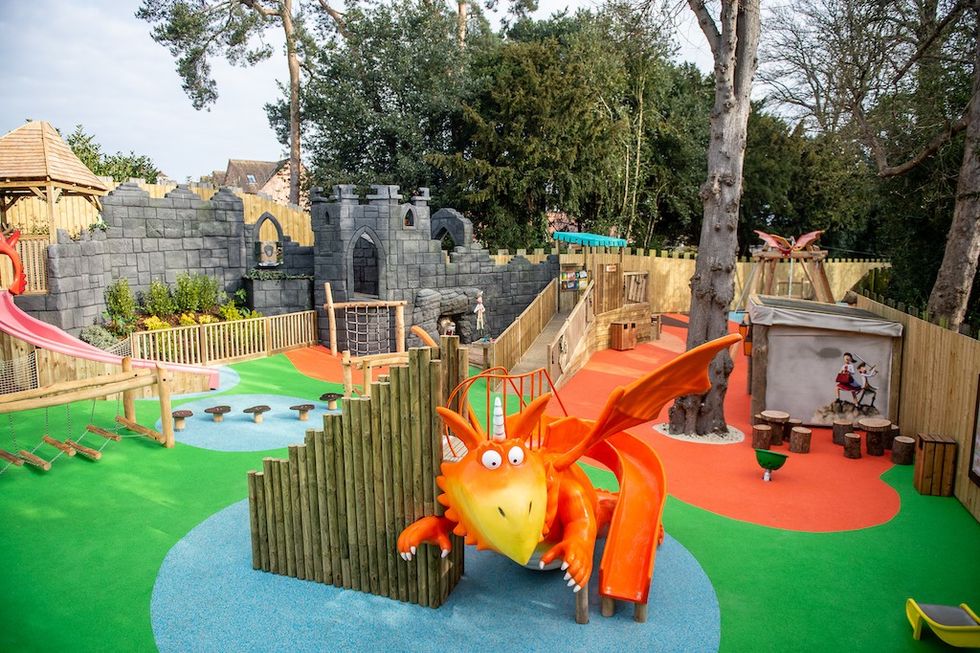
[DH] No project is the same as another, so a flexible approach to working is key. New working relationships take time, and trust needs to be built on both sides. Often, both the licensor and licensee are under different but converging pressures around the success of the project – so clear understanding and a degree of empathy are key. My policy has always been to be incredibly direct with my aims, intentions and KPIs – so that both parties in the partnerships can contribute positively to solutions and growth.
The more closely you work together – the more brilliant ideas are supported to thrive. As the producer, you have to tread the balance of creative brilliance with commercial viability – and that can be a really hard balance to find with external pressures from IPs. However, the best way of overcoming that is by a really transparent journey on what the commercial and creative goals are – and how you ensure the UX experience is held in the highest regard. If you don’t have a strong production, there is no amount of balancing that will work to sustain the experience.
IP partnerships can create commercial opportunities outside of the ‘core’ experience. How have you leveraged the relationship?
[JT] There are obvious retail and F&B opportunities, but adding accommodation products in the Knight’s Village at Warwick Castle, where Zog would read kids a bedtime story, was a real highlight – giving a unique opportunity for guests to engage with the brand and commercialise authentically.
[HL] We look for all the ways our businesses can benefit from synergies together. This includes marketing campaigns, partner integration, third partner integration, merchandise, F&B and Games. We’ve also developed new products together to create unique experiences like our overnight ‘Shaun’s Wagons’ accommodation.

[DH] All our experiences have a strong element of secondary spend – primarily retail and F&B - but also photography and sponsorship. It’s important commercially – but also to ensure audiences enjoy a holistic experience and can enjoy the IP in a multitude of ways. We have full-service restaurants and pop-up ‘in-world’ bars and stalls. The creative concept and narrative dictate how the other verticals best serve the wider attraction.
We’ve actually had some interest from businesses overseas considering using our F&B or Retail concepts (rather than the ‘full’ experience’) – so in this case it does widen commercial opportunities significantly.
There are thousands of businesses now licensing out their IP. It isn’t all just cartoons and movies – with some interesting sources of ‘content’. Are there any examples that have jumped out to you as different or noteworthy?
[JT] I think the sports teams that have started to license into leisure are really interesting. The Real Madrid theme park in Dubai looks amazing and it’s really good to see different IPs coming into the sector.
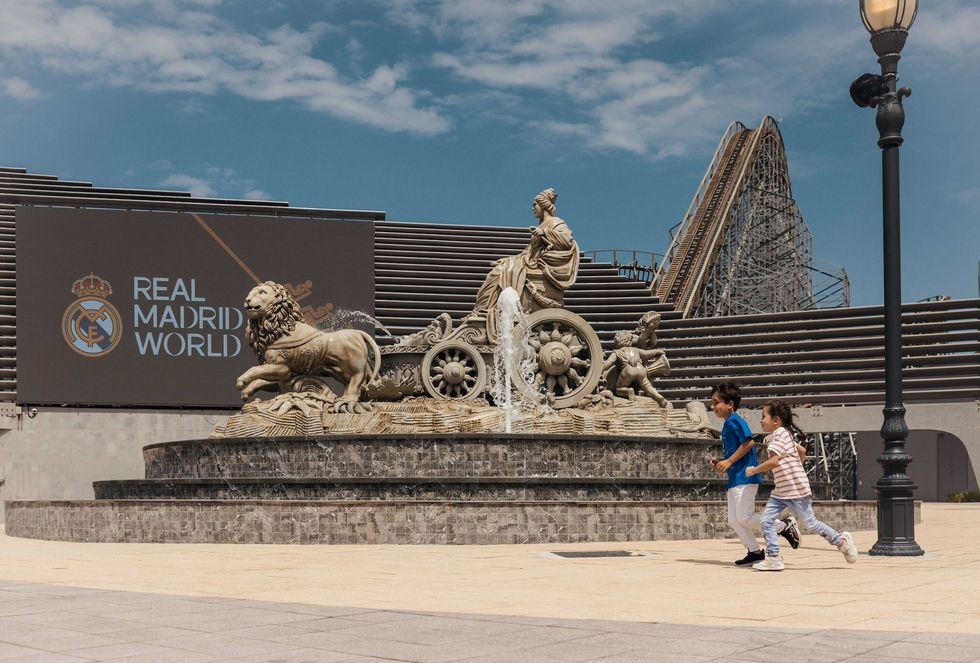
[DH] We have been approached recently by major transport brands, a public museum and tourist landmark brands – which I found fascinating. It’s the idea of licensing out from an existing attraction or public transit – that, for me, is new. I think it opens the potential for some exciting creative thinking around new ideas and formats. It also takes a wider view of what IP is – rather than often what we think of IP being, which is based on popular culture like TV or film.
It all starts with unlocking from the centre and finding where the ‘heart’ of the brand is. What are the immediate things about an IP that audiences seek to fondly remember – and how do we bring them on a new journey that gives them that positive memory but on a scale of 100?
Any predictions for the future of IP in the experience/leisure sector?
[JT] You’d automatically think of technological advances, but I genuinely think simple and authentic experiences will continue to work well into the future.
[DH] It’s going to continue growing - and important as it can play a role in regenerating our towns and city centres. IP owners are starting to resource this part of their businesses more – and new, exciting companies and producers are popping up who are ready to create something exciting with the IP’s. Internationally, there is also a growing demand for these IP-driven experiences. It’s a great time to be in this space.
Finally, are there any great examples of IP executions in the market, or ones that you are looking forward to seeing come to life, and why?
[JT] Obviously, everyone in the industry is watching what will happen with the Universal Studios Great Britain resort. It would be amazing to see that level of immersion and theming come to the UK.
[HL] Harry Potter was something that presented IP on a whole new level – and is still seen as very much a benchmark in the industry. I’m also looking forward to experiencing Super Nintendo World at Universal live in person!
[DH] I really enjoy the diversity of experiences we have in London. What is great about this city is that the real estate landscape and audience appetite for culture and leisure allow producers to take risks in places and with IPs that are not always immediately obvious.
We have several colleagues in our network who I thoroughly enjoy their work, approach, and quality of execution – and I learn a lot about the potential of our sector from the brilliant work of our creative industries in the capital. I hope we all continue to support each other and push ourselves to create world-class work in this field.

I’d like to thank our panel members for contributing and sharing their thoughts and experiences about licensing in the attractions sector.
Regardless of the type of experiences being created – there are consistent themes around authentic partnerships and strong, collaborative relationships – all with clear objectives and guest experience at the heart of decision-making.
It’s definitely an exciting time to be involved in, or considering a IP licensing partnership!
With nearly 20 years of experience in customer-obsessed organisations like Disney, ASDA and The Very Group, Graham helps businesses get the most from their retail offer and commercial and licensed partnerships. With a passion for theme parks and the attractions industry, he can often be found travelling the world with his wife and two thrill-seeking daughters.
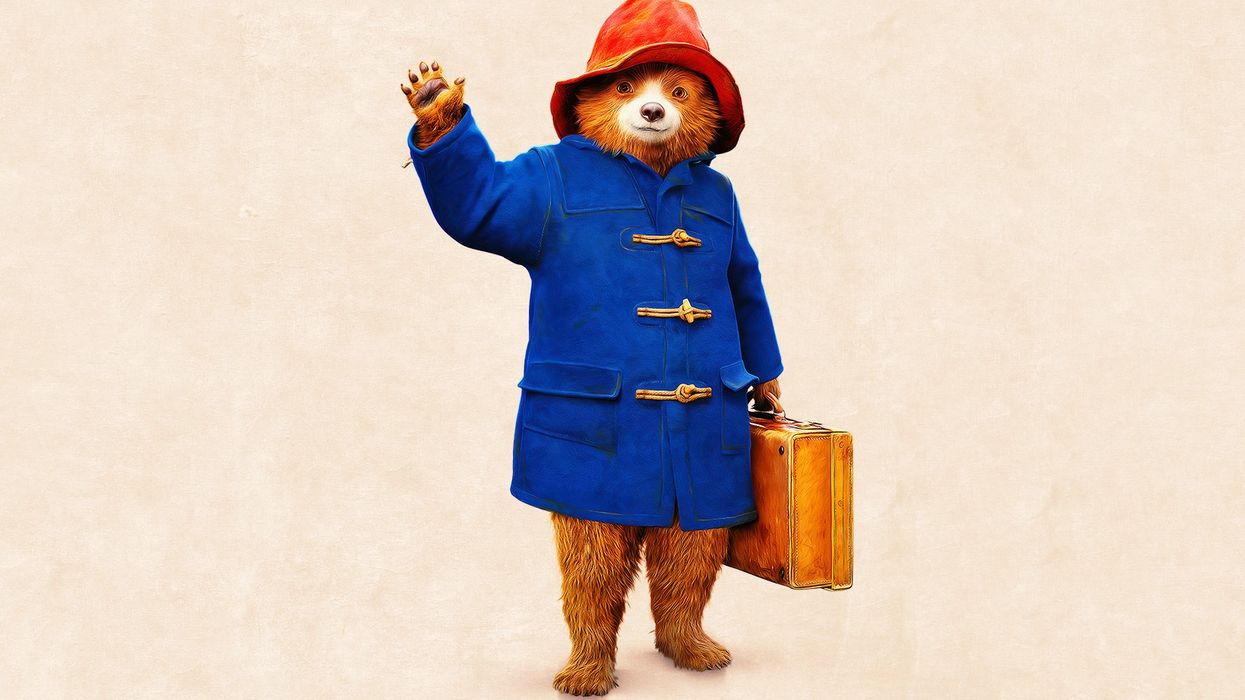

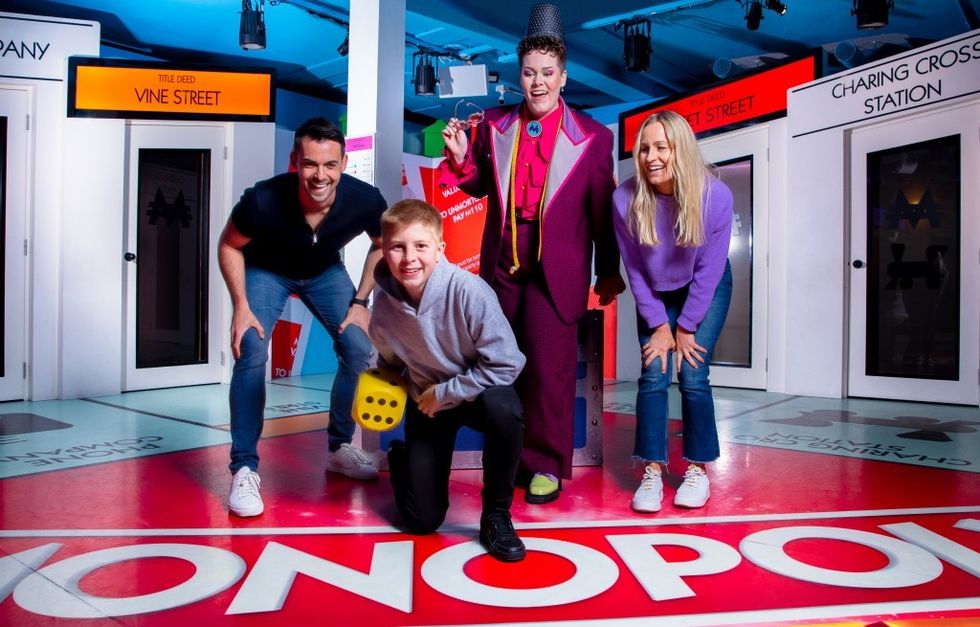


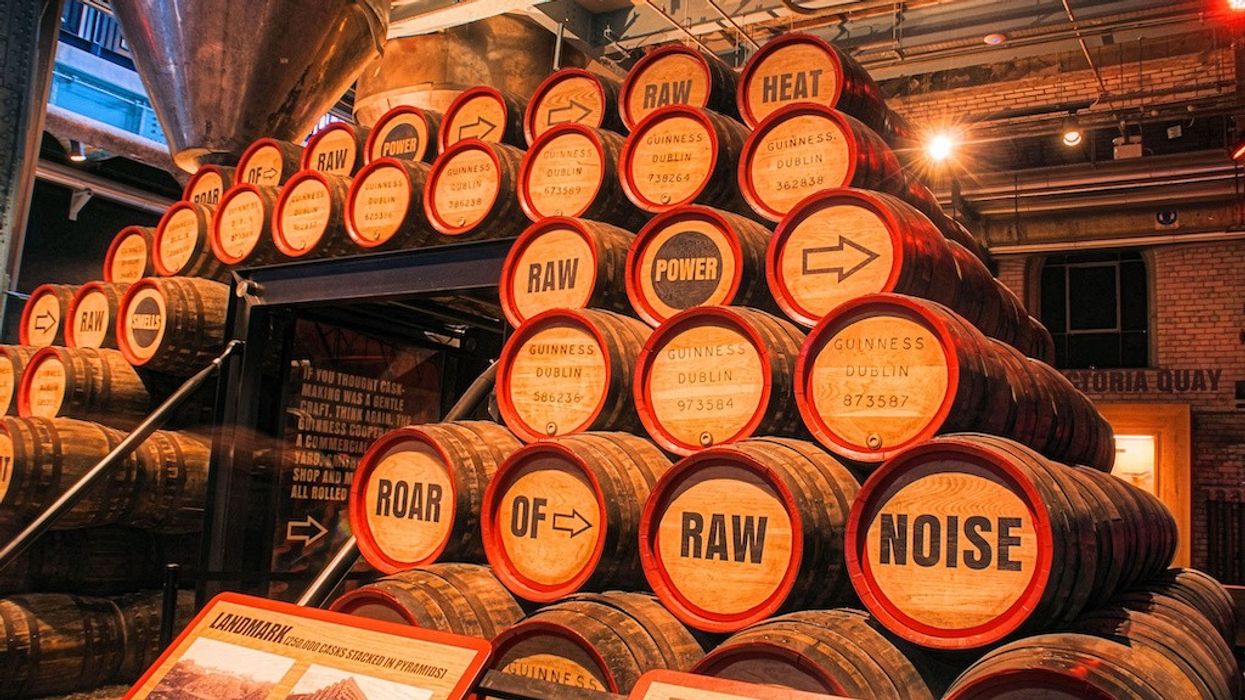
 Christian Lachel, chief creative officer, BRC Imagination Arts
Christian Lachel, chief creative officer, BRC Imagination Arts  Image credit AA+W - stock.adobe.com
Image credit AA+W - stock.adobe.com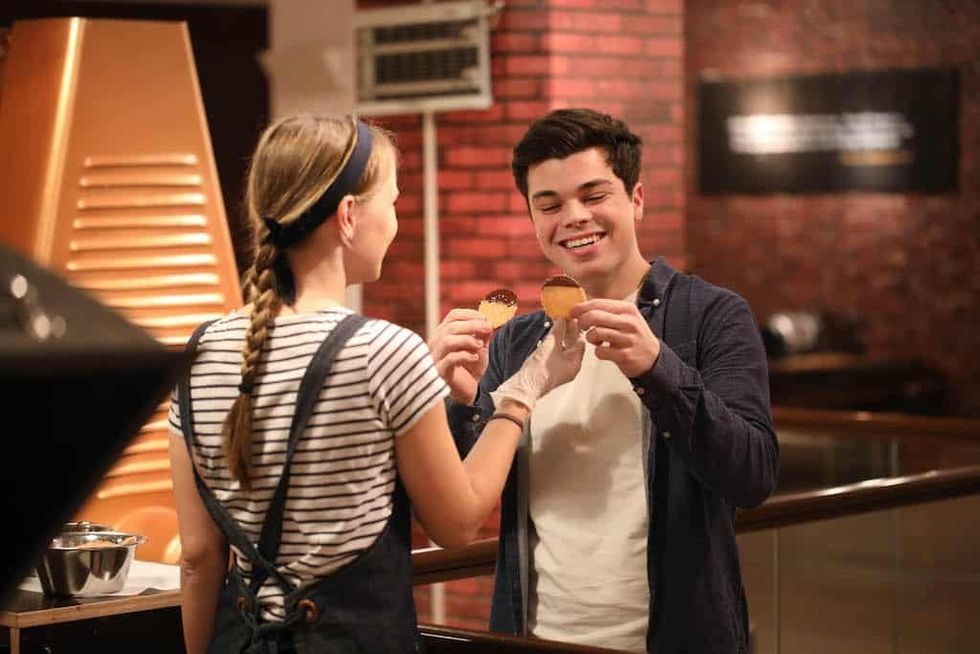 Chocoversum Image credit Sebastian Fuchs
Chocoversum Image credit Sebastian Fuchs 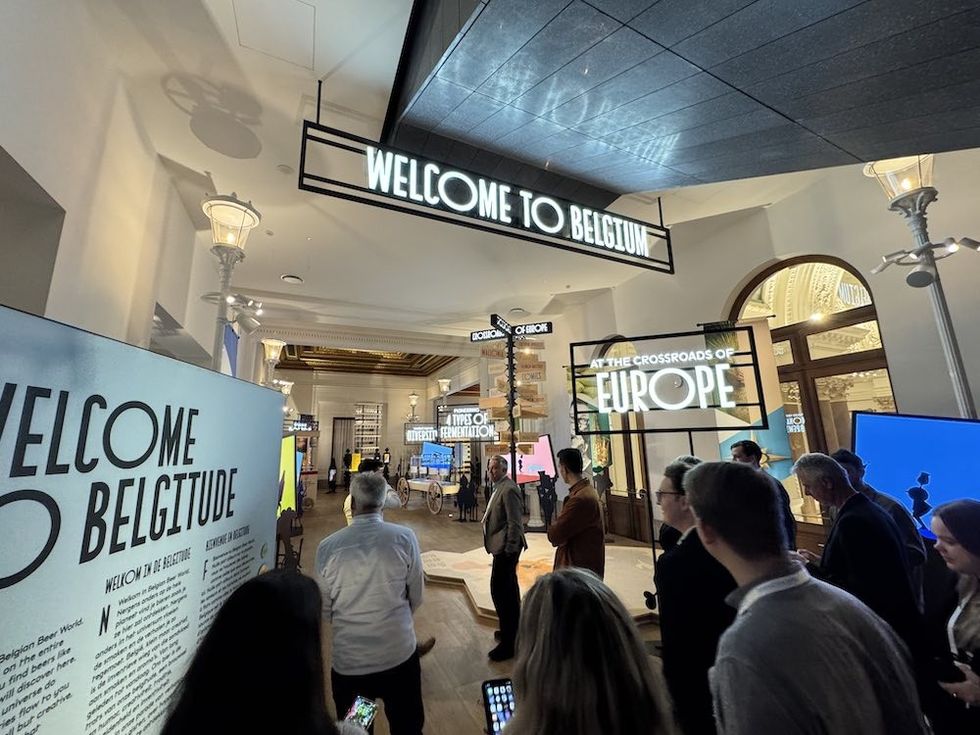 Belgian Beer World
Belgian Beer World 




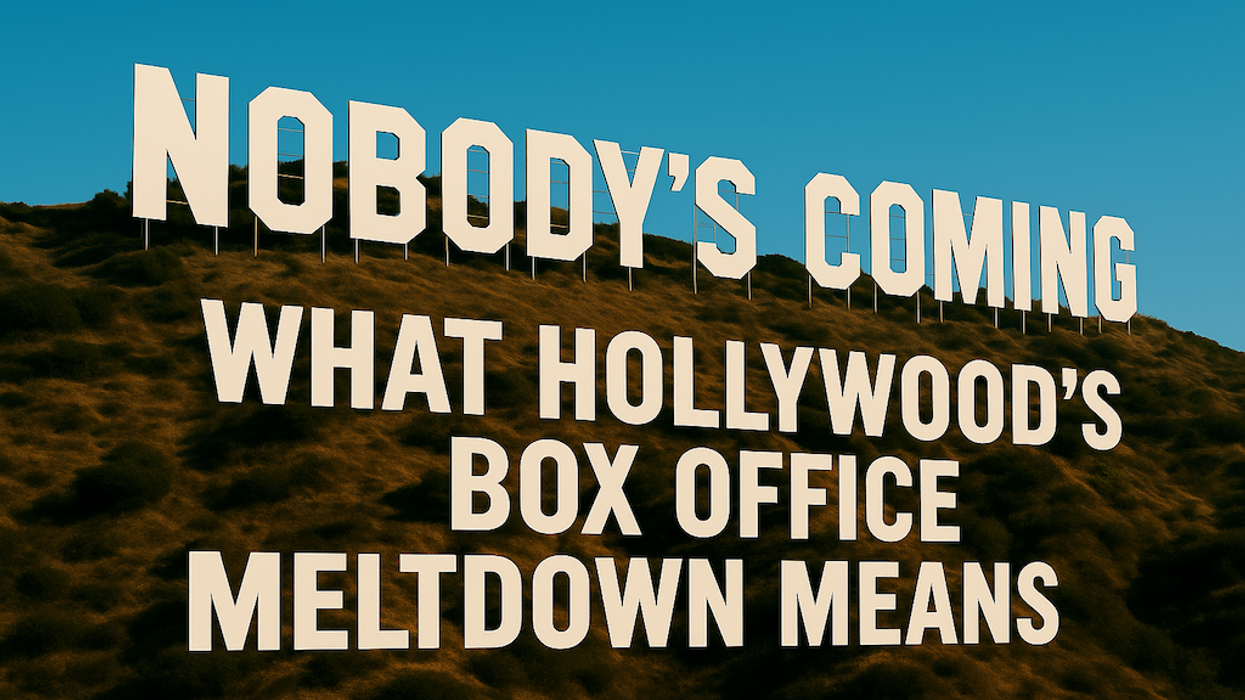
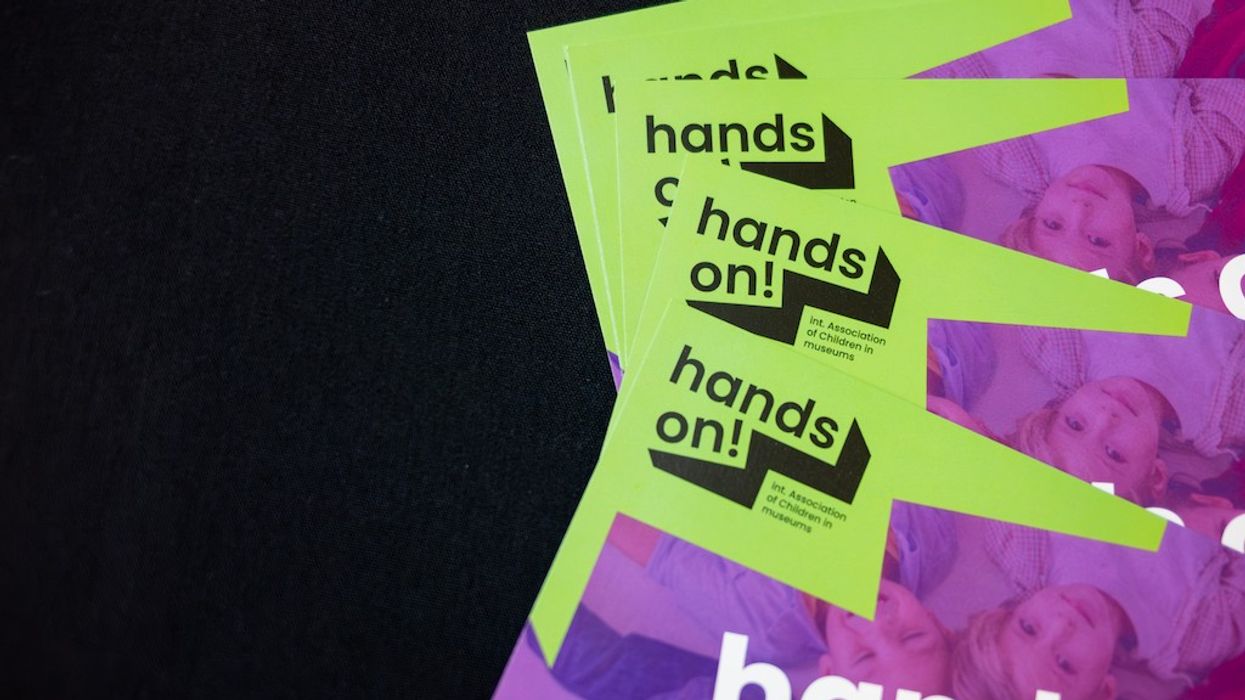
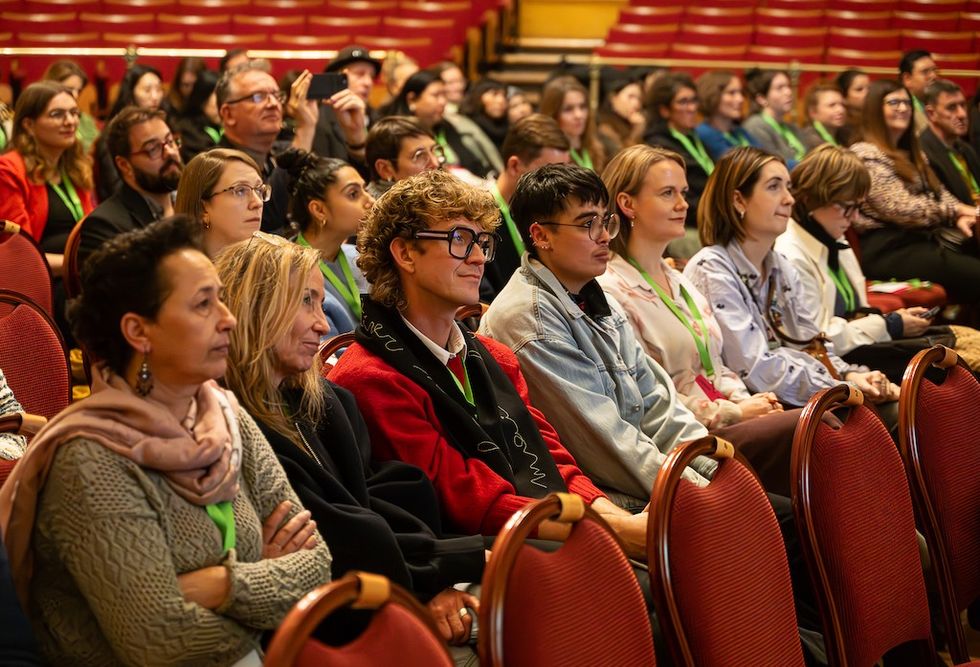
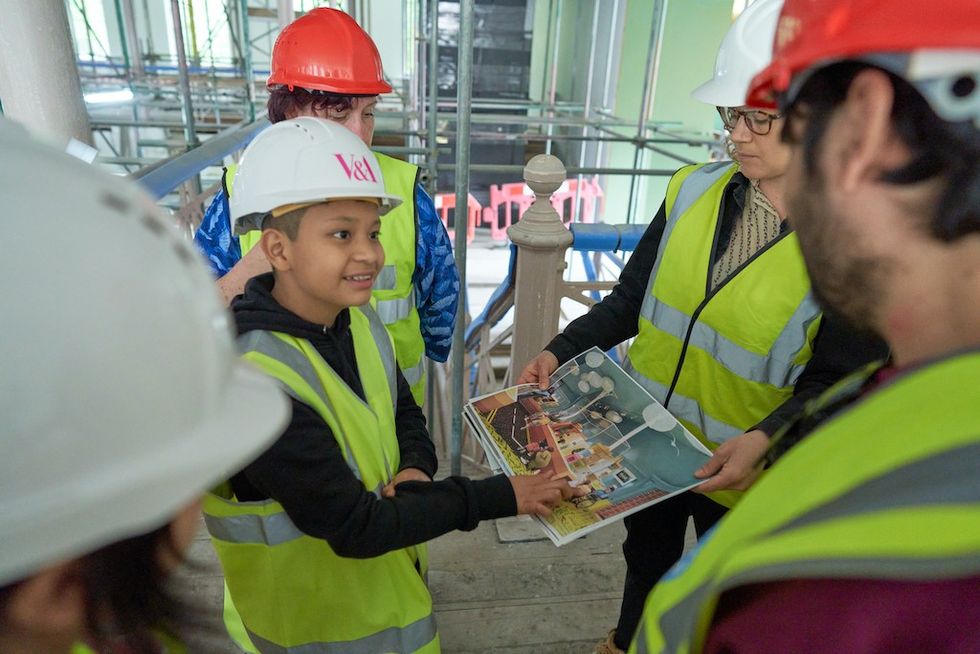 Young V&A Youth Collective members have a tour of the Young V&A construction site. Image courtesy of Young V&A.
Young V&A Youth Collective members have a tour of the Young V&A construction site. Image courtesy of Young V&A. 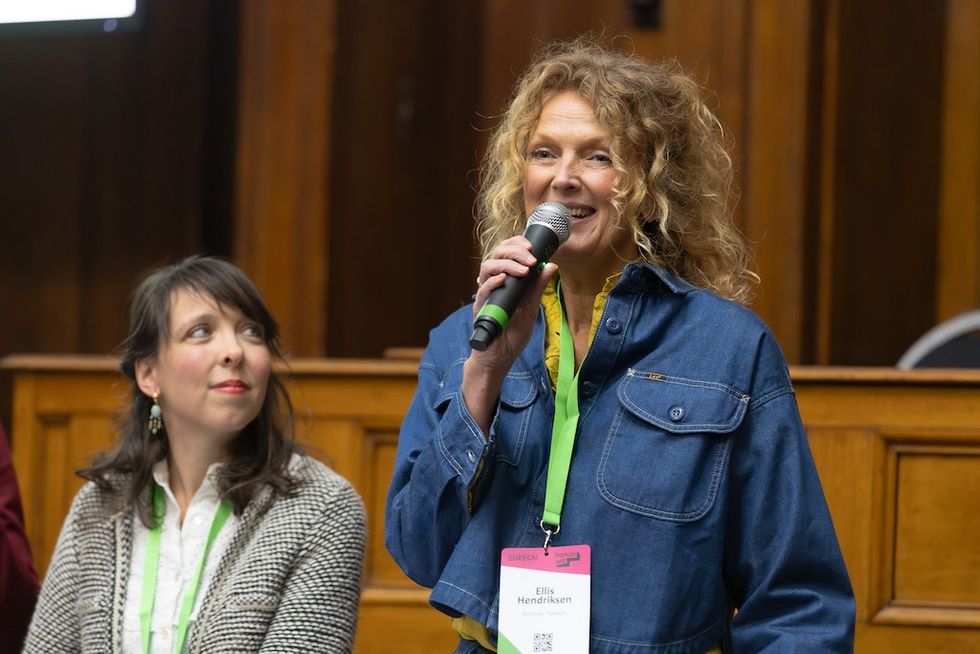 Floriane Perot and Ellis Hendriksen
Floriane Perot and Ellis Hendriksen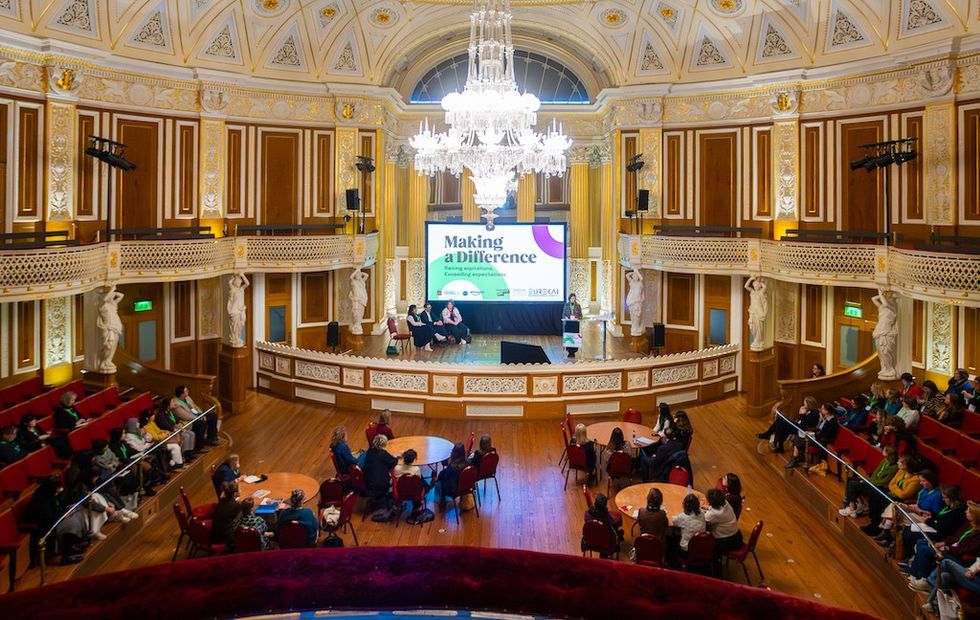
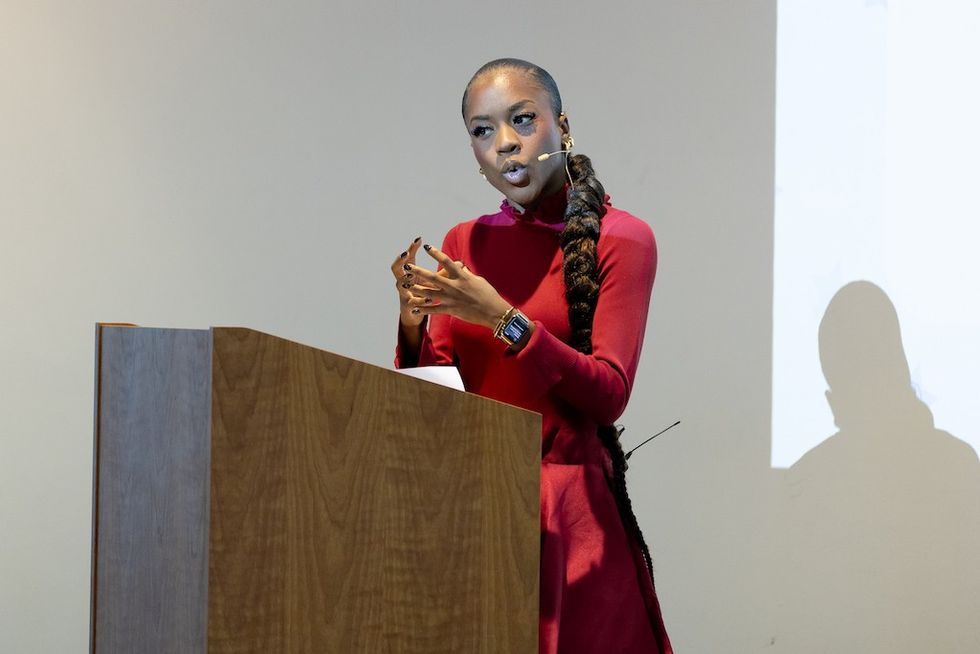 Amber Ogunsanya-William
Amber Ogunsanya-William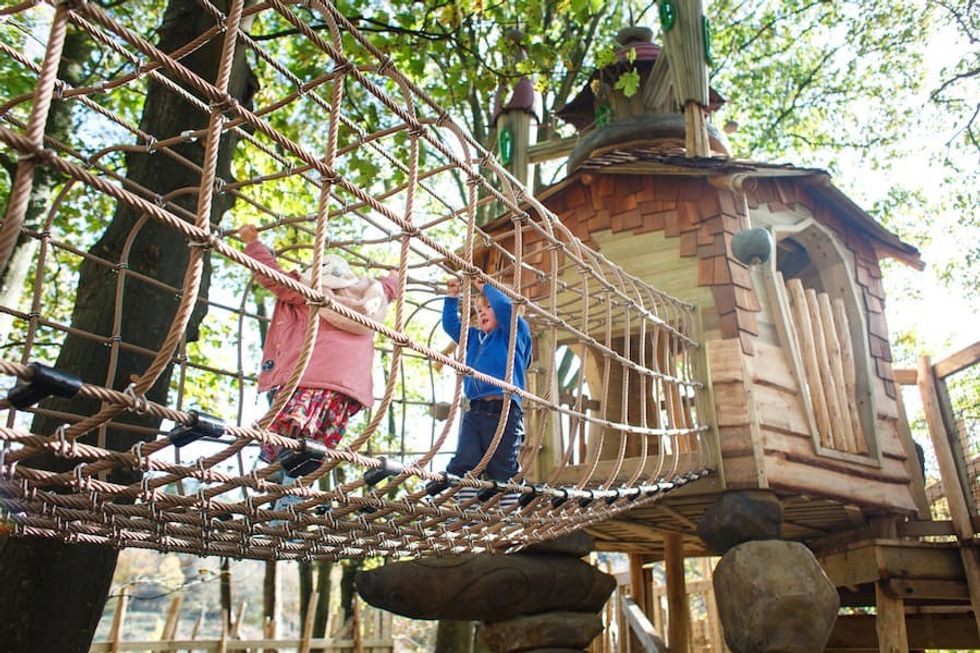 Tumblestone Hollow adventure playground by CAP.CO
Tumblestone Hollow adventure playground by CAP.CO 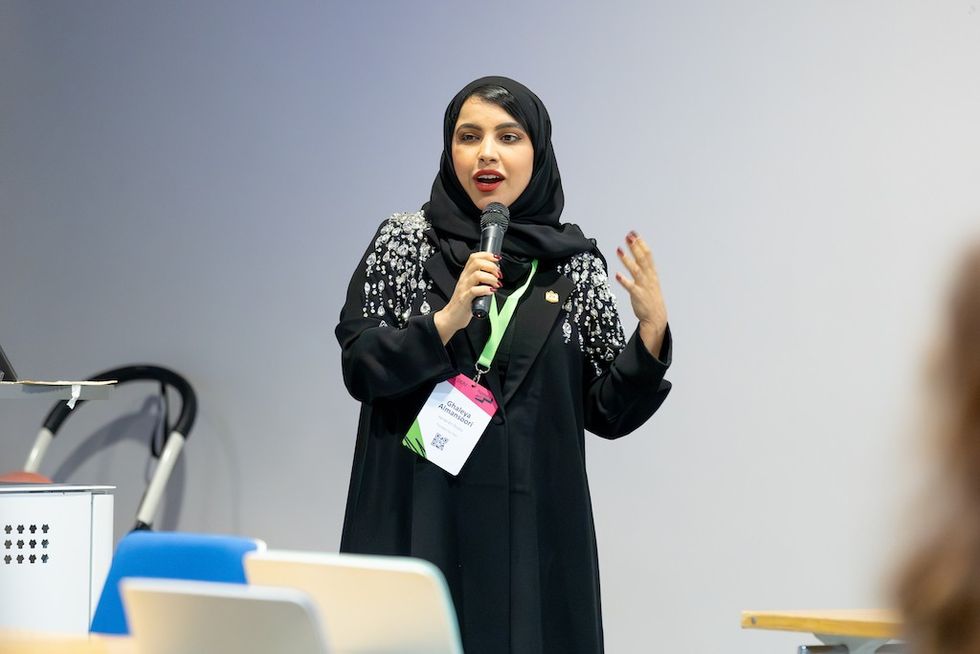 Ghaleya Al Mansoori
Ghaleya Al Mansoori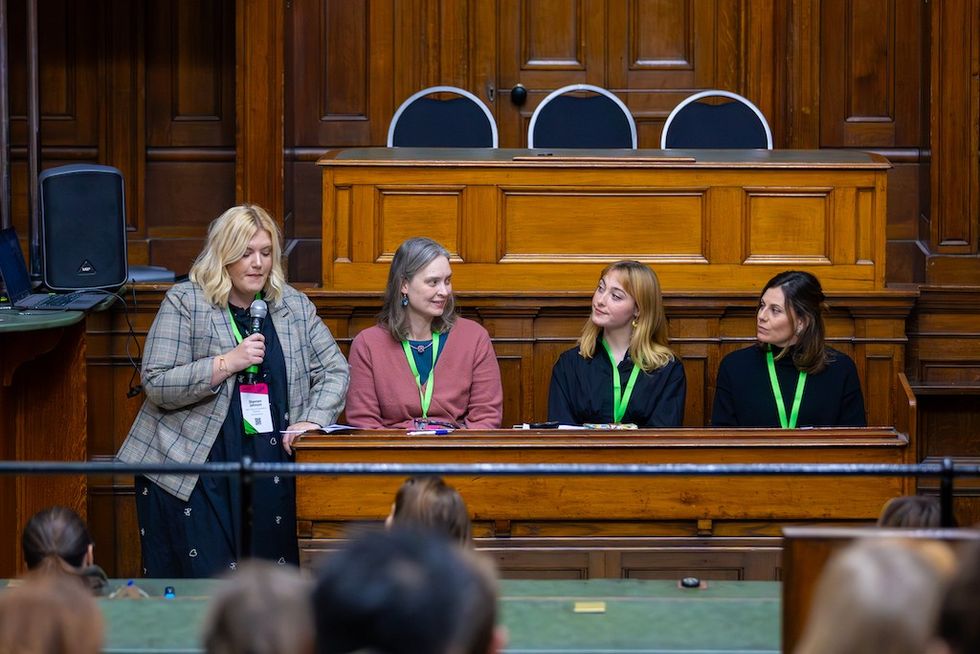
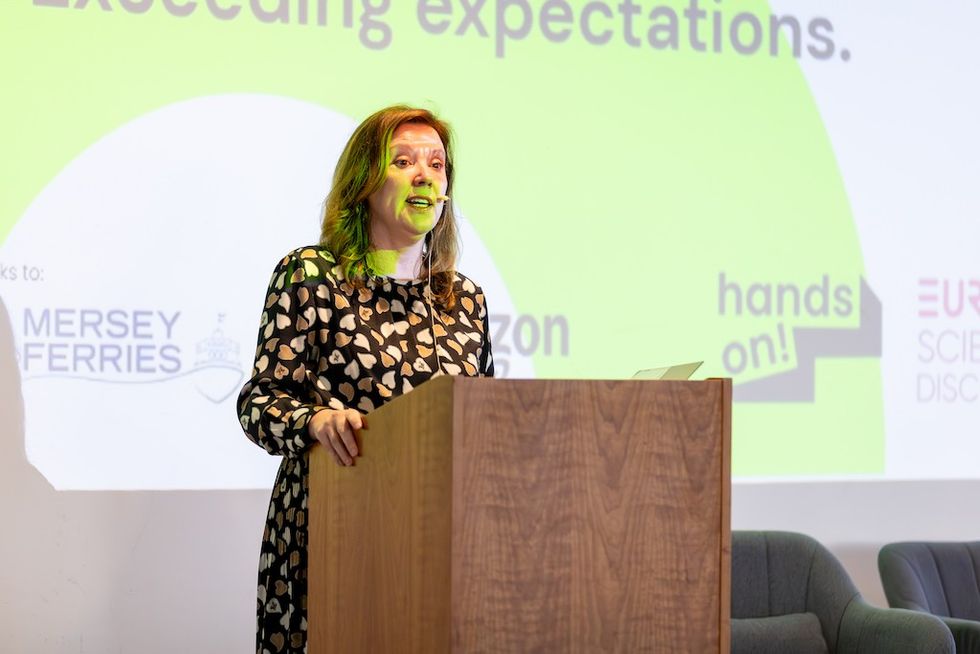 Dame Rachel de Souza
Dame Rachel de Souza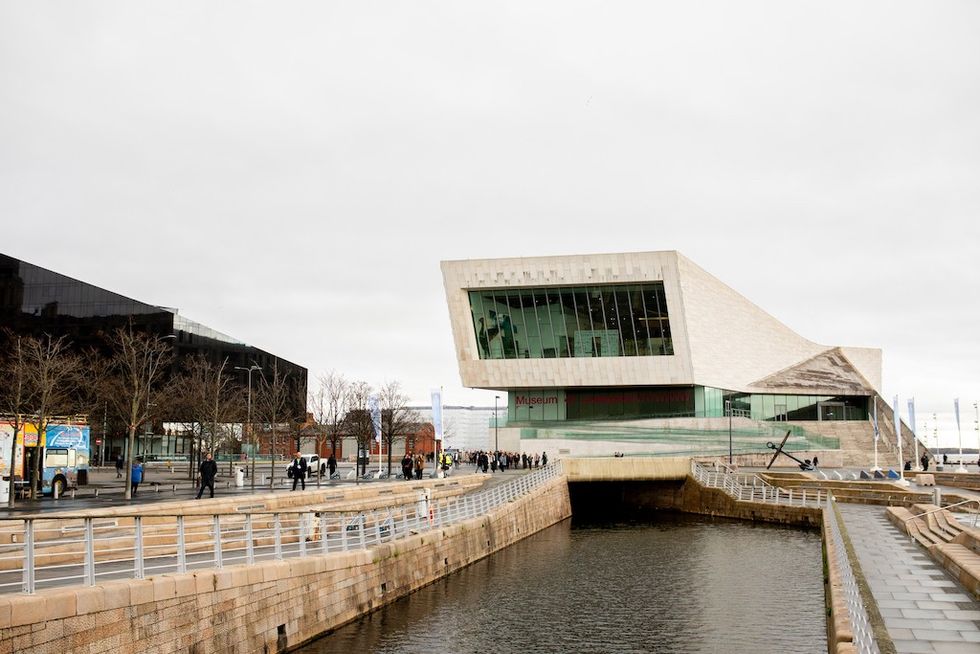 Liverpool Museum
Liverpool Museum
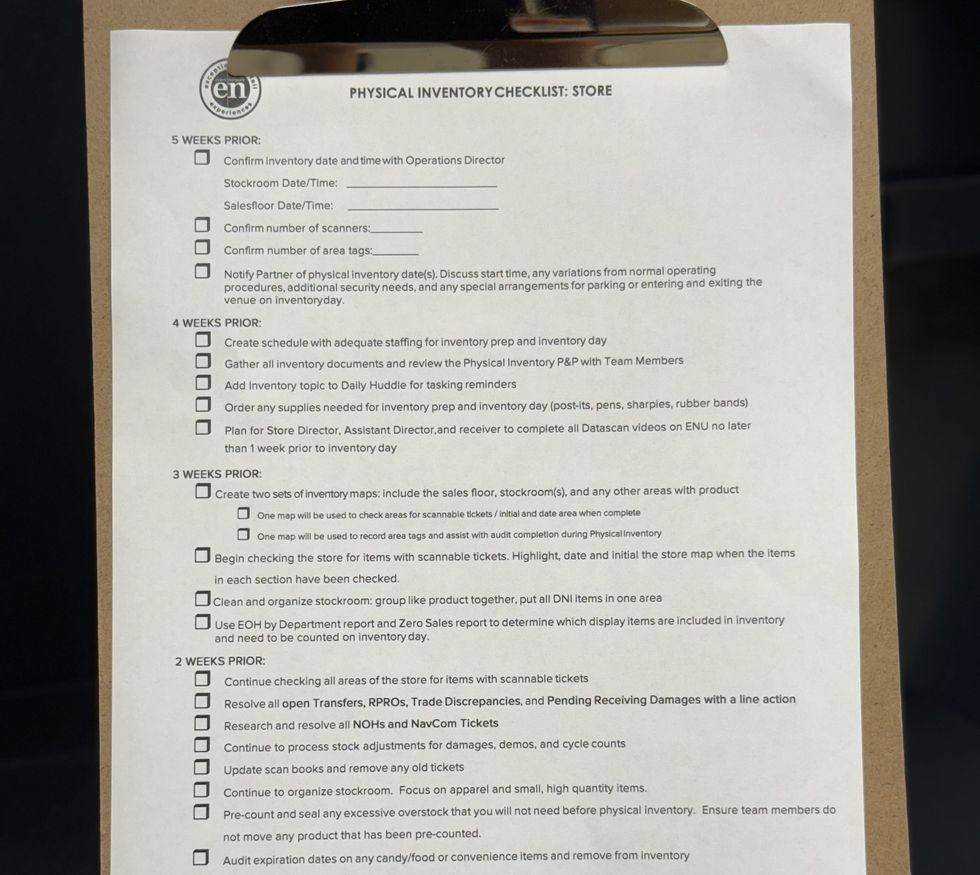
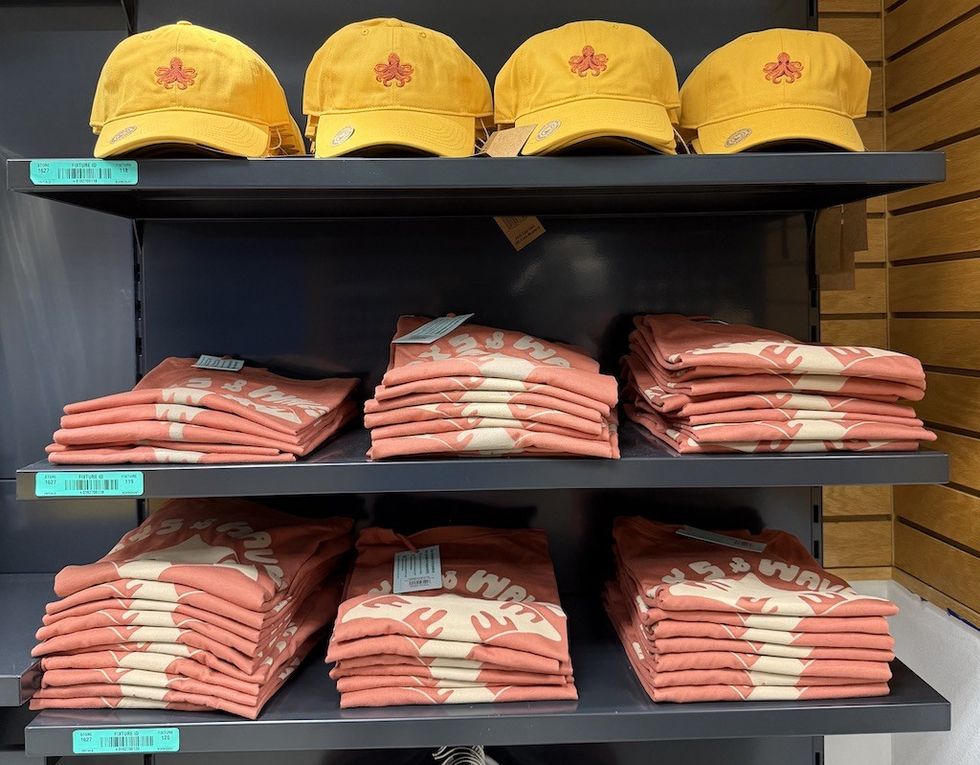
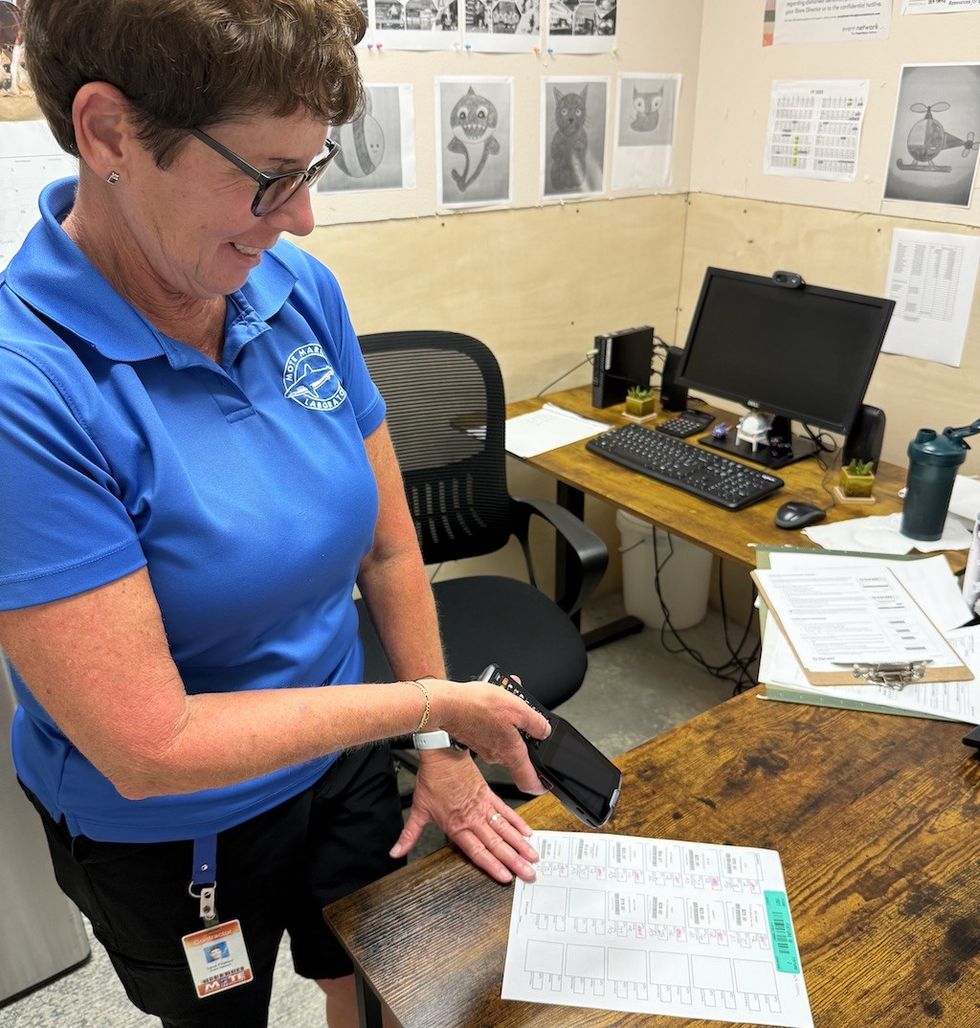


 Guests display a commemorative UN stamp sheet marking the 100th anniversary of the Palace Museum at the UN headquarters in New York, May 2025 (Xinhua)
Guests display a commemorative UN stamp sheet marking the 100th anniversary of the Palace Museum at the UN headquarters in New York, May 2025 (Xinhua)

